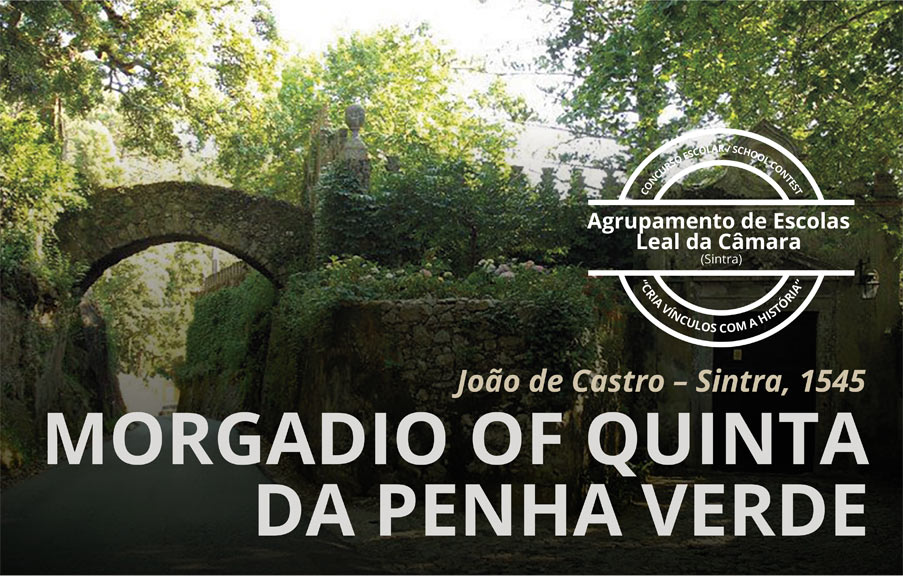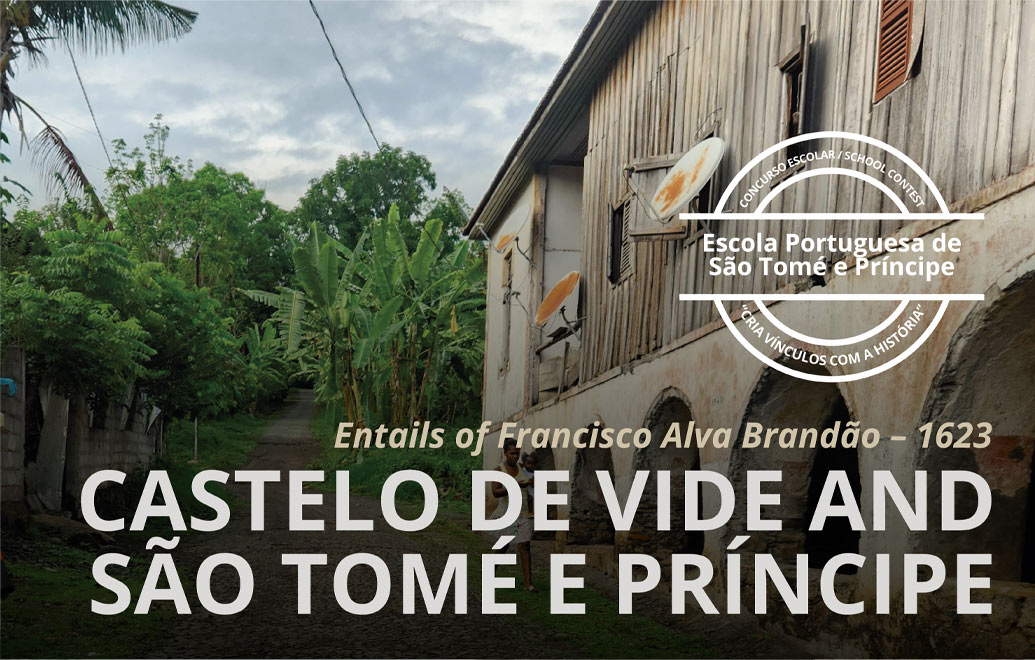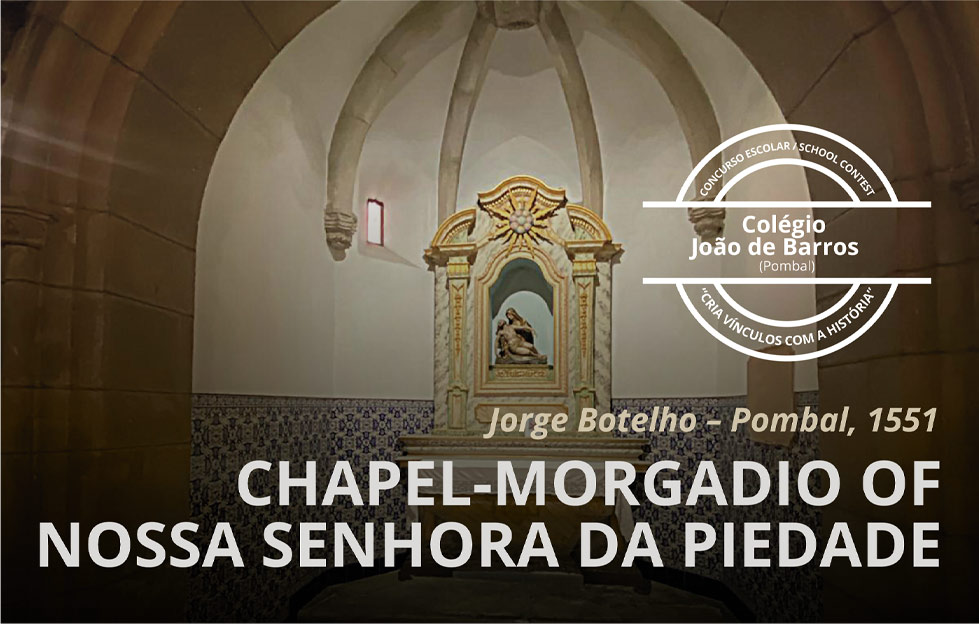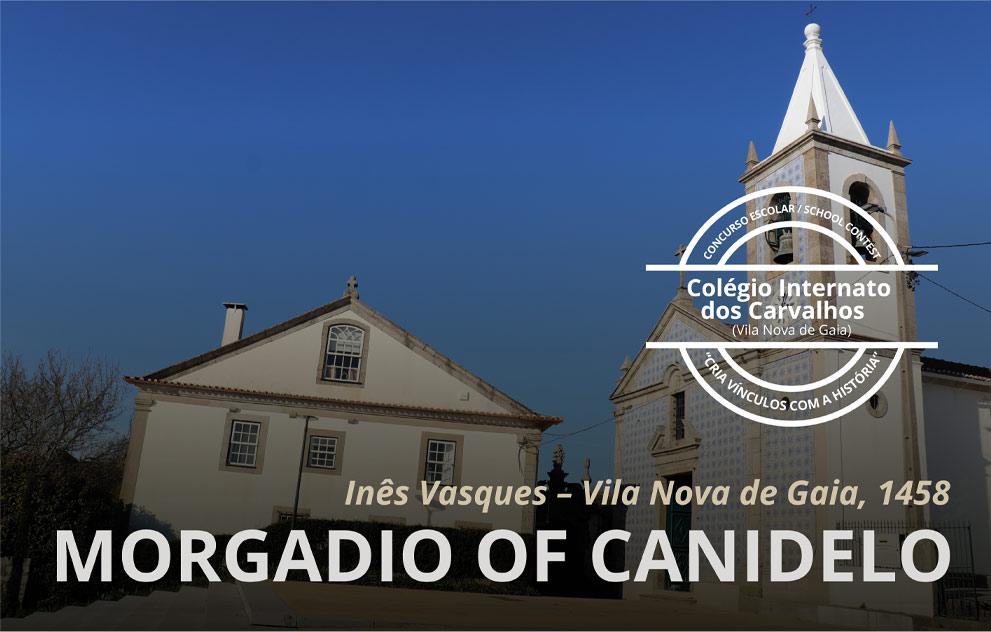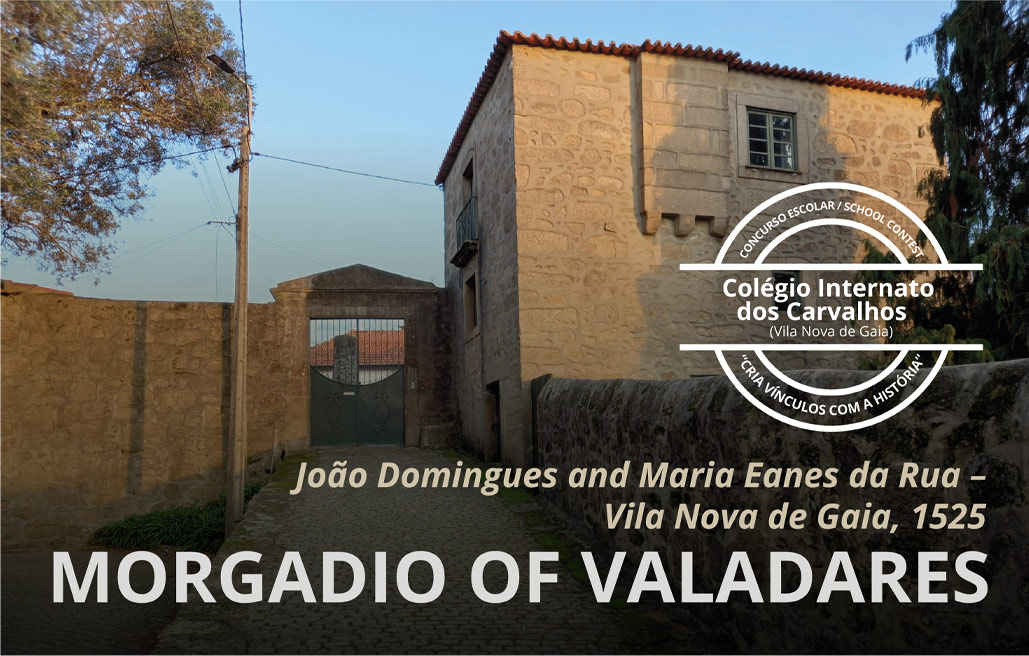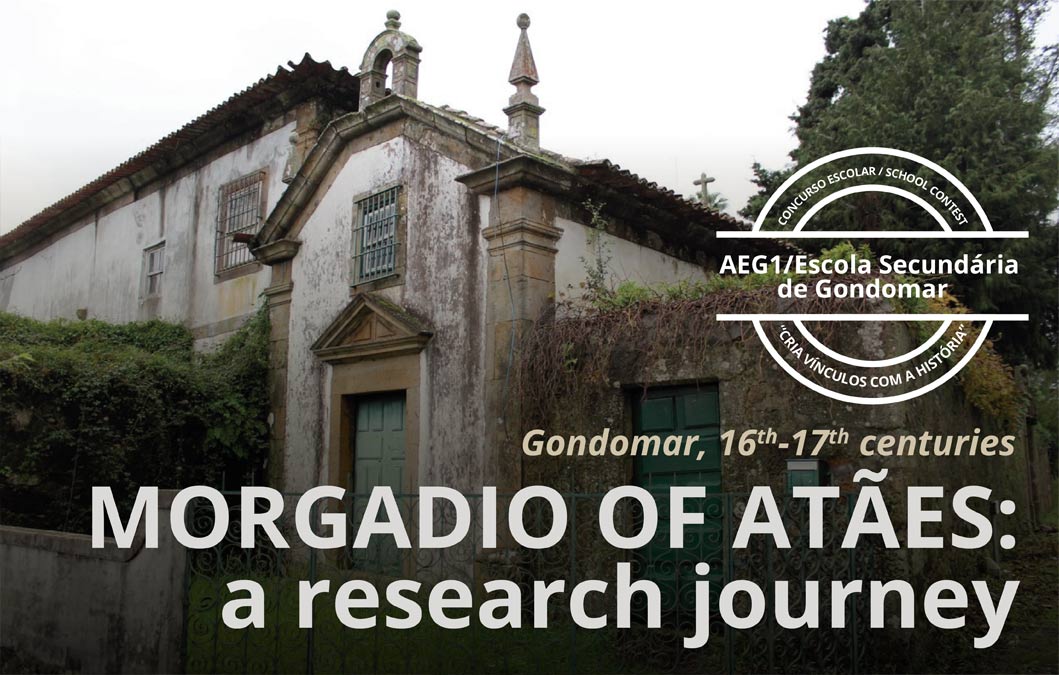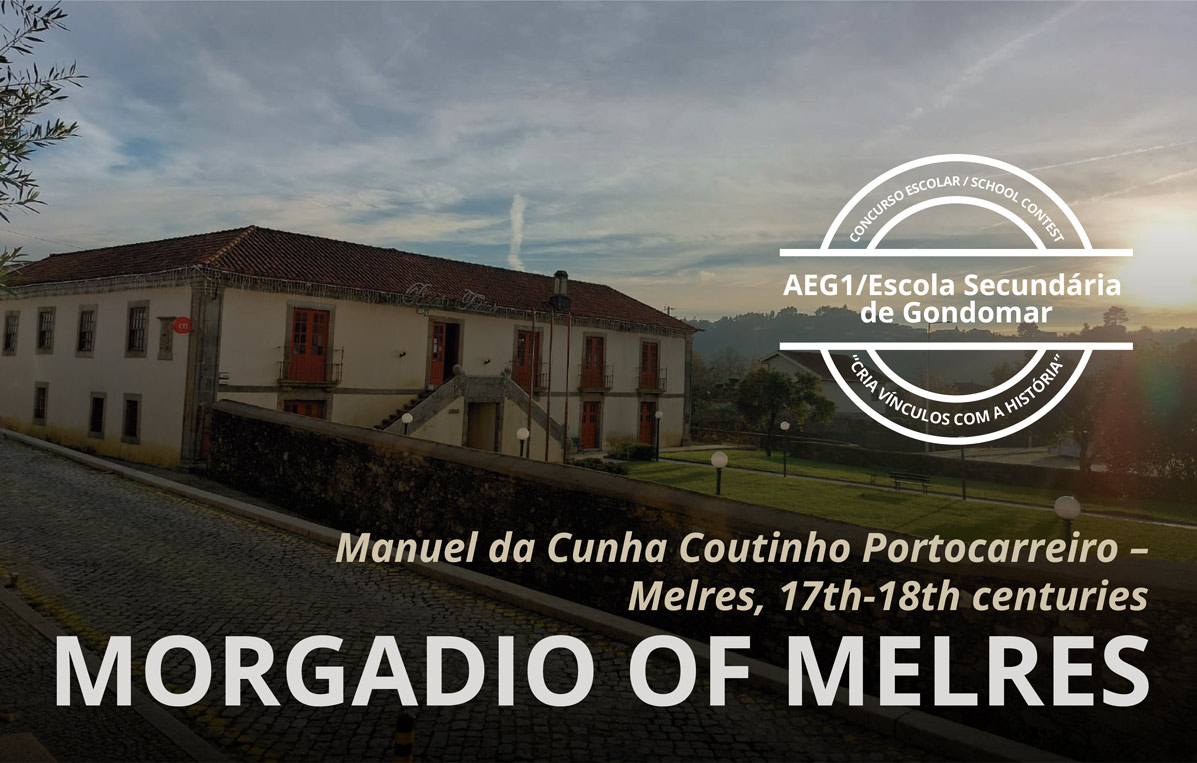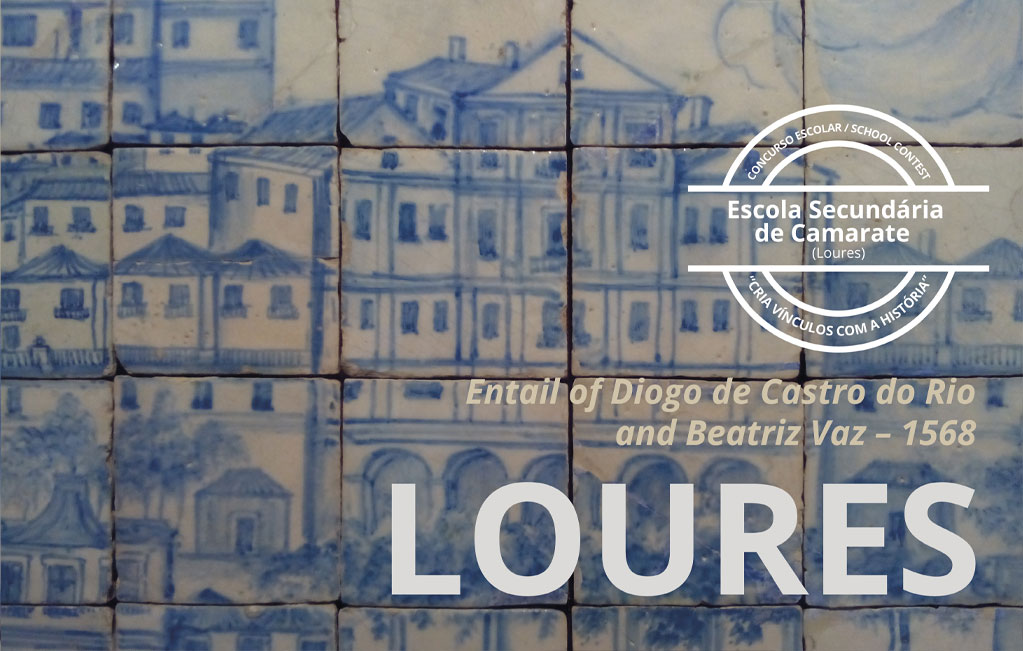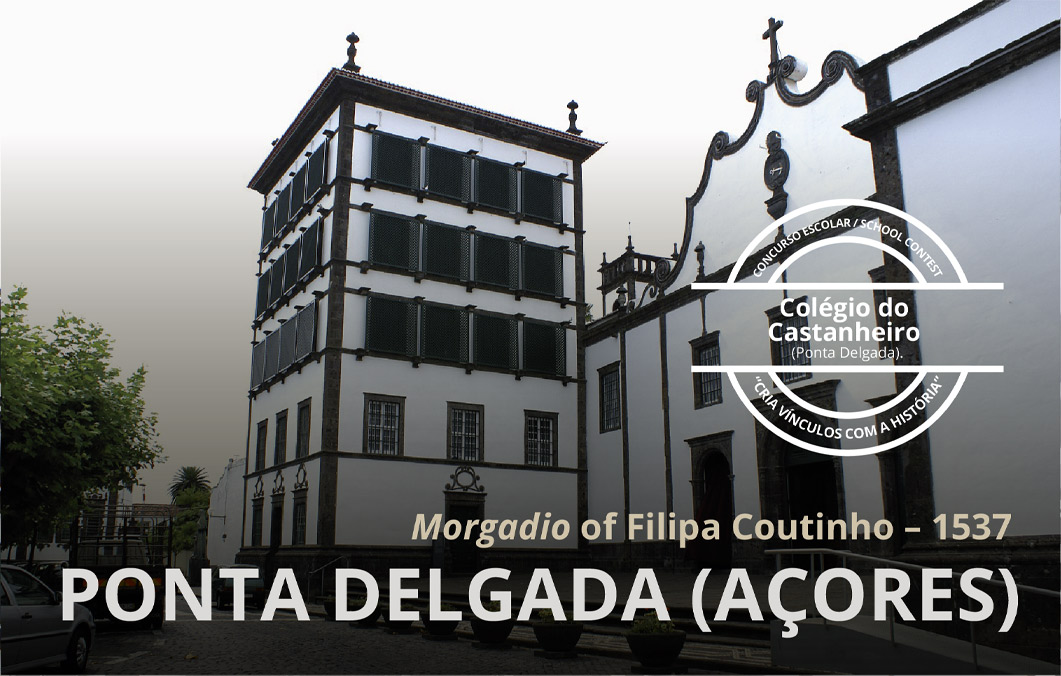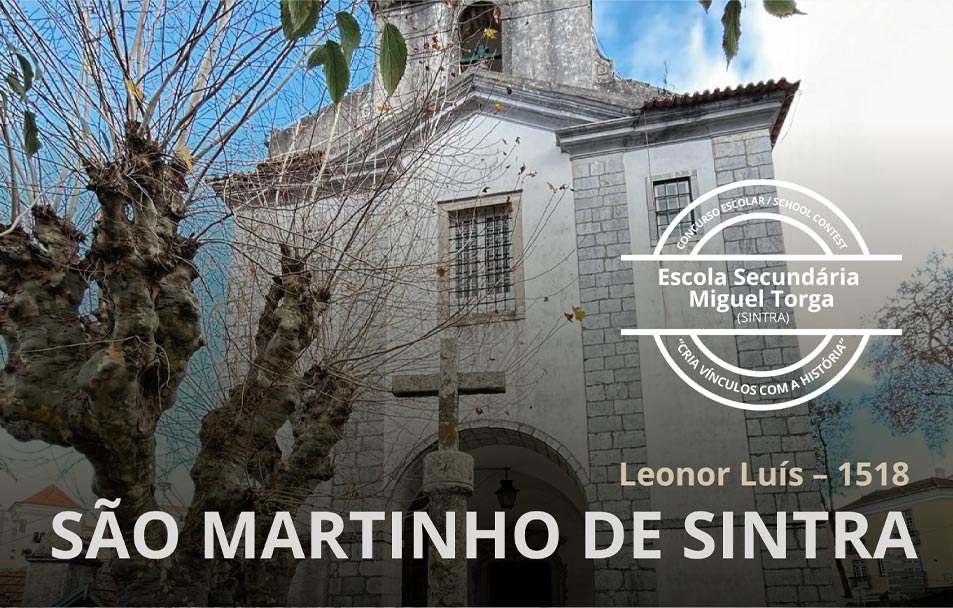Entail of the month (November, 2021)
Chapel of Beatriz de Meneses
Lamego, 1535
The House of Marialva and Loulé, created in 1496 through the marriage of Beatriz de Meneses and Francisco Coutinho (FREIRE, 1996, vol. 3, p. 347), thrived along the pathways of social mobility at the service of the Avis Dynasty, the rulers of Portugal. Attempting to balance the power of landowners, the Crown resorted to a policy of expansion and interference, such as that followed by Manuel I (1495-1521). Manuel’s will established the marriage of his son, Prince Fernando, the duke of Guarda, with Guiomar Coutinho, the sole heiress to the County of Marialva and Loulé. This cunning political act saw the return, to the Crown’s possession, of the assets of one of the wealthiest houses in the kingdom, in both land and jurisdictions, as it held rights from Beira Interior and Riba Côa, such as over Trancoso and Sernancelhe, and Algarve, such as over Loulé (CARVALHAL, 2014, p. 40; 45).
However, the House of Marialva and Loulé suffered a severe setback in 1534, with the early demise of Guiomar Coutinho and Fernando, along with their two sons. This happened shortly after the death of Francisco Coutinho, the husband of Beatriz de Meneses, second countess of Loulé and fourth countess of Marialva. At the beginning of her will, of May 1535, Beatriz de Meneses described herself as being “orphaned of all hope and [a] widow because of the death of them all” (Arquivo da Quinta do Ferro, “Cópia do testamento (…)”, fl. 3). The will entailed a chapel in the convent of Santo António de Ferreirim in Lamego, which the couple had founded in 1525.
Unable to find a successor within the family, Beatriz delegated on her servant, Francisco Gouveia, the administration of the chapel entailed. The countess excluded hereditary succession and specified an election method in which the dean of Lamego cathedral and the local judge were in control. Other norms were added to ensure the suitability of the criterion regarding lineage, stating: “from now on, the abovementioned administration shall not be given to any descendant or ascendant by way of succession” (ibidem, fl. 22). However, it allowed the eldest son of each administrator to be considered before anyone else, yet depending on election and confirmation, as established. The countess made it impossible for members of the nobility to become administrators, “for they are powerful people”. An exception was made regarding Francisco, himself a nobleman, and his descendants (ibidem, fl. 26). In fact, the lineage of Gouveia, who also incorporated the Coutinho surname, would provide the following administrators. At the end of the seventeenth century, Francisco sponsored the construction of a family mausoleum located in the convent’s cloister. This was likely to emulate social distinction practices.
Beatriz’s will foresaw considerable expenditure going to offerings and church patronage, namely the planning and conservation of the Santo António church, completed around 1702 (COSTA, 1984, vol. IV, p. 757), and the protection of the friars in every respect. However, over time Beatriz’s original provisions regarding the exclusion of the friars from the management of personal income were sidestepped, since from around 1608 it was possible for the friars to directly access the chest containing the remainder of the administration’s budget (ibidem, p. 578). Difficulties in community life also drew complaints to the court of Filipe II (Felipe III of Spain, 1598-1621), seeing that “the administrators intend to interpret the words in their own way and do not come down to remedying some faults; and they, being men of religion, cannot enter into lawsuits” (ANTT, Chancelaria de D. Filipe II, liv. 39, fls. 42-43). Furthermore, disputes spread to the local clergy, since Santo António, a Franciscan convent, had significant influence over the faithful in the granting of alms (COSTA, 1984, vol. IV, pp. 578-579).
Among the entailed properties, Quinta do Ferro, located in Trancoso, stood out as the centenary home of the family mentioned. During the Inquisition period, it was repeatedly targeted in processes condemning its owners.(1) This led to its revenues being seized by the royal government, a decision reversed in 1666 by the founder, António de Gouveia Coutinho, who was able to recover the Quinta for the convent chapel (NOGUEIRA, 2017, p. 6). However, the marriage between António’s daughter, Bárbara Teresa de Sampaio, and Domingos Saraiva da Costa, a prominent local figure and the tenant of Quinta do Ferro, resulted in part of the assets being restored through the institution of a morgadio attached to a lease on the countess’s chapel, whose administration would fall to Sebastião Saraiva de Sampaio, the couple’s eldest son. Furthermore, the joint will of Domingos and Bárbara set forth new prerogatives for the freshly entailed property, including the mandatory use of the surname Saraiva (Arquivo da Quinta do Ferro, “Testamento (…)”, cx. 1).
On 8 November 1320, Estêvão da Guarda and his wife, Sancha Domingues, founded a chapel at the São Vicente de Fora Monastery, Lisbon. Two years later, a confirmation document details every aspect related to the chapel administration and worship (AML, 2003, p. 41). In fulfilment of the founders’ wishes, succession to the administration of the assets fell on the eldest male heir. Thus, after the death of Estêvão da Guarda, it fell on Álvaro Afonso, the grandson of Estêvão and Sancha.
However, the chapel and related properties remained in the lineage’s administration for only two generations. The disowning of the great-grandson, Diogo Álvares, in 1419 by order of João I, seems to indicate irregularities on the part of the founders’ successors (AML-AH, Chancelaria régia, Livro dos Pregos, doc. 285, ff. 200v-201v). For an extended period, the “problematic and troublemaking” administration was met with a lack of income, as attested by a document dated December 1513 (MARTINS, 1999, p. 11). This document reveals a poorly kept chapel, “so badly looked after that it looked abandoned” (AML-AH, Casa de Santo António, Livro da instituição da capela de Estêvão da Guarda, doc. 15; MARTINS, 1999, p. 12). For these reasons, on 26 July 1512, King Manuel ordered the senate of Lisbon’s municipal council to take possession of the chapel, and gave it the right to appoint and remove its administrators (AML-AH, Casa de Santo António, Livro da instituição da capela de Estêvão da Guarda, doc. 1, f. 5). It should be noted that the founders had foreseen the possibility that, in case there was no descendant in the family, the administration of the chapel would be handed over to a citizen of Lisbon, appointed by the city council (MARTINS, 1999, p. 28). This context serves to explain the fact that the municipality currently keeps most of the documentation relating to this entail. Thus, it is in Lisbon’s municipal archive (Arquivo Municipal de Lisboa) that both the will of the founders and the documents of the institution and ratification are preserved, transcribed in an eighteenth-century codex named “Livro da Instituição da Capella de Estevão da Guarda, e outras cartas (…)” (AML – AH, Casa de Santo António, Livro da instituição da capela de Estêvão da Guarda, docs. 1-16).
The event is alluded to in a record from 1770, held in the Arquivo da Quinta do Ferro (“Auto de Posse da Administração (…)”, cx. 26), which confirms the prior appointment of Caetano Saraiva de São Paio Coutinho da Costa, the couple’s grandson, as the administrator of the chapel in the convent of Santo António de Ferreirim. Interestingly, the document mentions the practices by which Caetano took over the administration, following a prescribed ritual: “kissing the Ara altarpiece, touching its ornaments, strolling in the cloisters and other places in the convent” (ibidem). No doubt, concerning the power and social ascension of the Saraiva da Costa family, this constituted an act of legitimisation and symbolic confirmation.
Although its jurisdictions faced little interference from the Crown between c. 1540 and 1560 – with the transferral of parishes through the exercise of rights of patronage by the University of Coimbra, at the king’s request (COSTA, 1982, vol. III, pp. 157-158; 640) – the entail founded by Beatriz de Meneses, countess of Marialva e Loulé, kept the family’s heritage undissolved throughout the generations, first by the Gouveia Coutinho and, from the eighteenth century onwards, by the Saraiva da Costa.
Joana Soares, Maria Beatriz Merêncio, Hélder Carvalhal, Maria de Lurdes Rosa
Coordination: Rita Sampaio da Nóvoa
With the collaboration of Dr. Alexandre de Quevedo Freemon (Arquivo da Quinta do Ferro)
1 – Dr. Alexandre de Quevedo Freemon is developing important research and a document collection on the topic, with promising contributions to the history of Jews and New Christians in the region.
ARQUIVO NACIONAL DA TORRE DO TOMBO (ANTT) – Chancelaria de D. Filipe II, liv. 39, fls. 42-43. Available at: https://digitarq.arquivos.pt/details?id=3882388 [accessed on 14 October 2021]
Arquivo da Quinta do Ferro – QF/BM/1330/CP (“Cópia do testamento de D. Beatriz de Menezes”)
–––– QF/CSSCC/1053/cx. 25 (“Auto de Posse da Administração da Mordomia de Santo António de Ferreirim dada a Caetano Saraiva de São Paio Coutinho da Costa”)
–––– QF/DSC/36/cx. 1 (“Testamento de mão comum de Domingos Saraiva da Costa, e de sua mulher D. Barbara Teresa de Sampaio feito em 1703”)
CARVALHAL, Hélder – “Património, Casa, e Patrocínio: uma aproximação ao senhorio do Infante D. Fernando (1530-1534)”, in Fragmenta Historica, vol. 2, 2014, pp. 39-67. Available at: http://hdl.handle.net/10362/97477 [accessed on 14 October 2021]
COSTA, M. Gonçalves – História do Bispado e Cidade de Lamego, Lamego, Oficinas Gráficas de Barbosa & Xavier, vols. 3-4, 1982 and 1984
FREIRE, Anselmo Braamcamp – Brasões da Sala de Sintra, Lisbon, Imprensa Nacional, 1996, vol. 3, pp. 347-348. Available at: https://digitalis.uc.pt/pt-pt/livro/brasões_da_sala_de_sintra_livro_terceiro [accessed on 14 October 2021]
NOGUEIRA, Cristina Luísa Tavares – “A Quinta do Ferro: Arquivo e História”, in 5º Congresso Internacional Casa Nobre: um património com futuro, Arcos de Valdevez, Município de Arcos de Valdevez, 2017
PESSANHA, Vasco Luís S. de Quevedo – Quinta do Ferro: memórias sobre a história da quinta e algumas das suas personagens, Lisbon, “Edição de Autor”, 1981.
Other entails of the month



